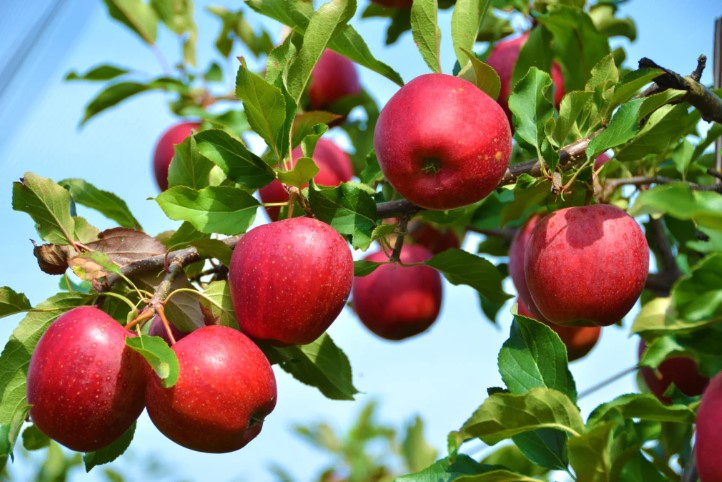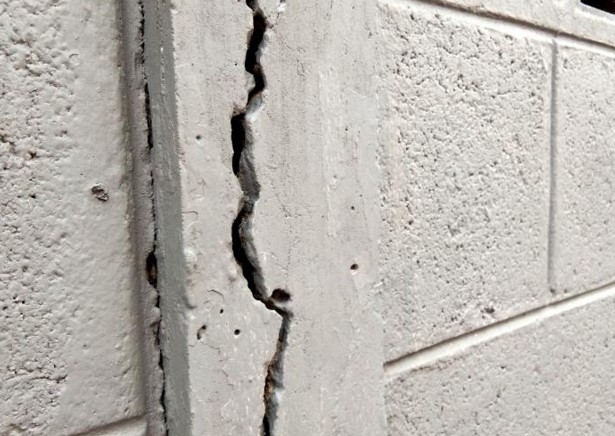
Growing cider apples and pears is both an art and a science, requiring a blend of traditional knowledge and modern horticultural practices. With the assistance of a nursery specialist from ChrisBowers, this article aims to provide a comprehensive guide for anyone in Britain interested in cultivating these fruits. From selecting the right varieties to planting and maintaining your orchard, we will cover all essential aspects to help you achieve a bountiful harvest.
The Importance of Choosing the Right Varieties
Selecting the right varieties of cider apples and pears is crucial for successful cultivation. Different varieties have unique characteristics that influence the taste and quality of the cider. In Britain, several traditional and modern varieties are well-suited to the climate and soil conditions.
Cider apples are typically categorized into four main types: bittersweet, bittersharp, sweet, and sharp. Bittersweet apples have high tannin and low acid content, contributing to the body and richness of the cider. Bittersharp apples also have high tannin levels but with a higher acid content, providing a balanced taste. Sweet apples have low tannin and acid levels, adding sweetness to the blend, while sharp apples have high acid and low tannin, imparting a tangy flavor.
For cider pears, the key is to choose varieties that produce fruits with the right balance of sugar, acid, and tannin. Traditional British perry pears such as ‘Blakeney Red,’ ‘HendreHuffcap,’ and ‘Thorn’ are excellent choices for making high-quality perry.
When selecting varieties, consider the specific requirements of your local climate and soil. Consulting with a nursery expert can provide invaluable insights into which varieties will thrive in your area and meet your cider-making goals.
Preparing the Site and Soil
Effective site preparation is essential for ensuring the vitality and efficiency of your cider apple and pear plants. An optimal location for an orchard should include excellent drainage, abundant sunshine, and shelter from powerful winds. Refrain from entering low-lying locations where frost pockets might develop, as late frosts have the potential to harm blooms and decrease crop yields.
Soil quality is another critical factor. Cider apple and pear trees prefer well-drained, loamy soils with a pH between 6.0 and 7.0. Before planting, conduct a soil test to determine the pH and nutrient levels. Based on the test results, you may need to amend the soil with lime to adjust the pH or add organic matter to improve fertility and structure.
In addition to soil preparation, ensure that the site has adequate irrigation resources. While cider apple and pear trees are relatively drought-tolerant once established, they require consistent moisture during the establishment phase and during fruit development.
Planting Your Orchard
The best time to plant cider apple and pear trees is during the dormant season, from late autumn to early spring. Planting during this period allows the trees to establish their root systems before the onset of active growth in the spring.
Commence by excavating a planting hole that has a width twice as large as the root ball of the tree and a depth equal to the root ball. Place the tree in the hole with caution, making sure that the graft union (the enlarged region where the tree was joined to the rootstock) is positioned above the level of the dirt. Refill the hole with the dirt that was dug out, compacting it carefully around the roots to remove any trapped air.
Following the act of planting, it is essential to adequately irrigate the trees in order to allow the soil to settle and supply the initial amount of moisture. Apply organic materials, such as compost or well-rotted manure, as mulch around the base of each tree to retain moisture, prevent weed growth, and enhance soil fertility.
Pruning and Training Young Trees
Proper pruning and training are essential for developing strong, productive cider apple and pear trees. During the first few years, the goal is to establish a well-structured framework that can support heavy fruit loads and promote good air circulation.
For cider apple trees, the central leader system is commonly used. This method involves selecting a strong central shoot to become the main trunk and removing any competing shoots. Lateral branches are pruned to form a balanced structure around the central leader.
Perry pear trees can be trained using the same central leader system or an open-center system, depending on the variety and desired tree form. The open-center system involves selecting three to four strong shoots to become the main scaffold branches, removing the central leader, and encouraging an open, vase-like shape.
Regular pruning is necessary to remove dead, diseased, or crossing branches, as well as to thin out crowded growth. This improves light penetration and air circulation, reducing the risk of disease and promoting better fruit quality.
Managing Pests and Diseases
Cider apple and pear trees are susceptible to a range of pests and diseases that can affect yield and fruit quality. Integrated pest management (IPM) is a holistic approach that combines cultural, biological, and chemical methods to manage pests and diseases effectively while minimizing environmental impact.
Common pests affecting cider apples and pears include aphids, codling moths, and pear midge. Natural predators such as ladybirds and parasitic wasps can help control aphid populations. Codling moth traps and pheromone disruptors are effective for managing moth infestations. For pear midge, monitoring and timely application of insecticides can prevent severe damage.
Diseases such as apple scab, powdery mildew, and fire blight can also pose significant challenges. Planting disease-resistant varieties is a proactive measure to reduce the incidence of these diseases. Regular pruning to improve air circulation and remove infected plant material is crucial for disease prevention. Fungicide sprays may be necessary during critical periods, such as during bud break and after heavy rains.
Harvesting and Storing Your Crop
Harvesting cider apples and pears at the right time is essential for producing high-quality cider. Apples should be picked when they are fully mature but not overripe. The exact timing depends on the variety, but generally, this is in late summer to early autumn. Look for signs of maturity such as color changes, ease of separation from the tree, and seed color.
Perry pears are typically harvested when they begin to drop from the tree naturally. This often occurs in late autumn. Collect the fallen fruits daily to prevent bruising and damage.
Proper storage is vital to maintain the quality of your harvested fruit. Cider apples and pears should be stored in a cool, dark, and well-ventilated area. Temperature and humidity control are critical to prevent fruit from rotting or drying out. Some varieties benefit from a period of conditioning before pressing, which allows the flavors to develop fully.
The Cider Making Process
Making cider from your homegrown apples and pears is a rewarding process that transforms fresh fruit into a delicious beverage. The basic steps include washing and milling the fruit, pressing the juice, fermenting, and aging.
Start by washing the harvested fruit to remove dirt and debris. Milling involves crushing the apples or pears into a pulp, which is then pressed to extract the juice. Traditional methods use a hand-operated press, while modern approaches may involve mechanical presses.
Fermentation is the next critical stage. Transfer the fresh juice to a fermentation vessel, adding any desired yeast strains to initiate the process. Natural fermentation using wild yeasts present on the fruit can also produce unique flavors. Maintain a consistent temperature and monitor the fermentation progress, which can take several weeks to several months, depending on the conditions and desired end product.
After fermentation, the cider may be aged in barrels or stainless steel tanks to develop its flavor profile. This aging process can range from a few months to over a year. Once the cider has matured to your liking, it can be filtered, carbonated, and bottled for enjoyment.
Conclusion: Embracing the Tradition of Cider Making
Growing cider apples and pears and transforming them into cider is a tradition deeply rooted in British culture. With careful planning, proper techniques, and the guidance of nursery experts, anyone can create a thriving orchard and produce their own cider.
Whether you are a seasoned gardener or a beginner, the journey from planting your first tree to tasting your homemade cider is a rewarding experience that connects you to the land and the rich heritage of cider making. By following the expert advice and practical tips outlined in this article, you can embark on this journey with confidence and enthusiasm, contributing to the preservation and enjoyment of this cherished craft.
Source: https://www.chrisbowers.co.uk/ – Whispering Trees Nurseries, West Way, Wimbotsham, King’s Lynn PE34 3QB. 01366386858
